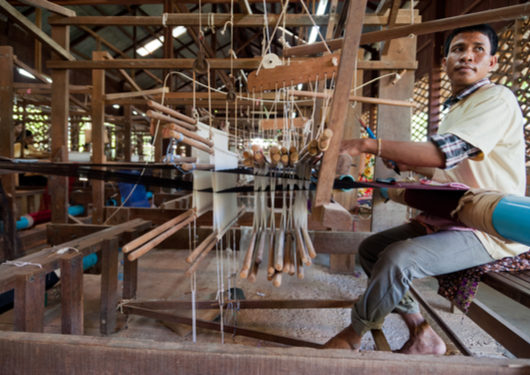
Visit Our Sponsors |
|
|
|
|
|
|
|
|
|
|
|
|
|
|
|
|
|
|
|
|
|
|
|
|
|
|
|
|
|
|
|
|
|
|
|
|
|
|

Fashion companies, eager to diversify their supply chains, were already expanding into production sites in Southeast Asia as alternatives to China. Then the trade war happened.
Now, with tariffs on products such as Chinese handbags set to rise, nations like Cambodia and Vietnam are looking more attractive than ever for consumer-goods makers such as Steven Madden Ltd. and Tapestry Inc.’s Coach. And while the Trump administration has slapped duties on goods from many of its largest trading partners this year, it’s allowed some Cambodian products to continue duty-free access to the U.S. market.
“The shift has been under way,” said Steve Lamar, executive vice president of American Apparel & Footwear Association. The talk of tariffs has created “a lot of anxiety” and companies are gauging how fast they can make more changes to their sourcing, he said.
A study released in July by the U.S. Fashion Industry Association showed that, while all of the companies participating in the survey sourced goods from China, 67 percent expected to decrease the value or volume of production in the country over the next two years. U.S. trade protectionism was listed as the number one challenge for the industry.
Read more
RELATED CONTENT
RELATED VIDEOS
Timely, incisive articles delivered directly to your inbox.

